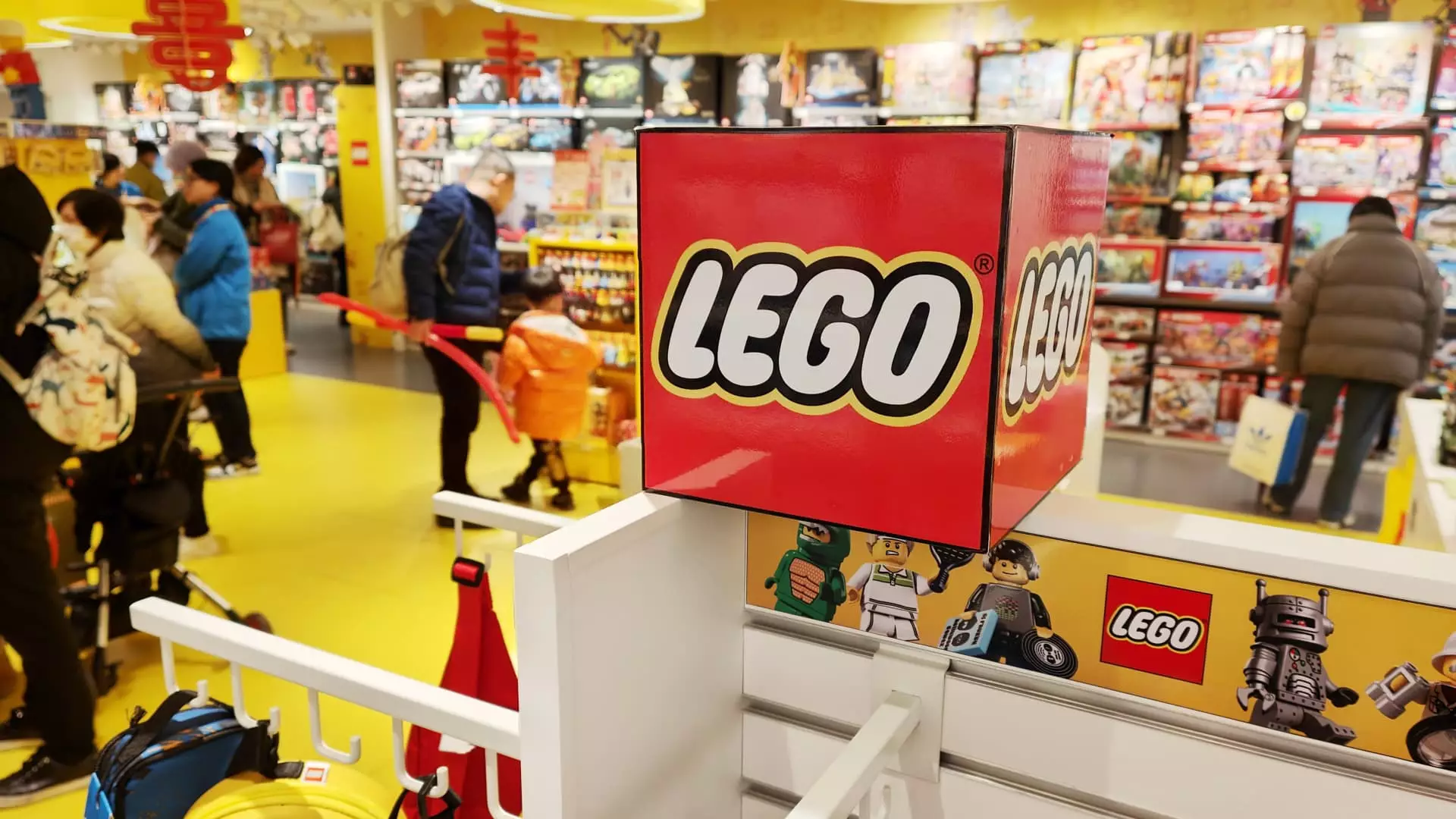In the first half of 2024, the toy industry faced a challenging time due to inflation, leading to a decline in sales. However, amidst this downturn, Lego managed to defy the odds and experience a remarkable 13% increase in revenue. This surge amounted to 31 billion Danish krone, equivalent to about $4.65 billion. Niels Christiansen, the CEO of the Danish toy company, attributed this success to the strength of their portfolio, particularly highlighting Lego Icons and Lego Creator, along with their partnership with Epic Games’ Fortnite.
Contrary to the previous year, where consumers were “trading down” to lower-priced sets while maintaining the same purchase volume, Christiansen noted a significant shift in consumer behavior. This year, consumers are not further downgrading their purchases, leading to a stabilization in sales. Moreover, Lego experienced actual growth in volume, indicating a positive trajectory for the company.
Competitors’ Struggles
On the other hand, Lego’s competitors, such as Mattel and Hasbro, faced challenges in the same period. Mattel observed a 1% decline in net sales, while Hasbro reported a 21% decrease in net revenue. Mattel’s decrease can be attributed to tough comparisons with previous year’s toy sales driven by the success of “Barbie,” while Hasbro is still grappling with the repercussions of its divestment of eOne.
Lego’s success can be attributed to its strategic focus on diversifying its product offerings to cater to a wide range of customers, including both children and adults. Apart from sets based on popular franchises like Harry Potter and Star Wars, Lego has introduced innovative design options such as flowers, succulents, famous works of art, and animals, appealing to a broader audience base.
While Lego continues to witness strong sales in the U.S. and Europe, the company faces challenges in the Chinese market where consumer spending on bigger-ticket items has declined. Nevertheless, Christiansen remains optimistic about the long-term potential in China and is committed to expanding their presence in the region. In the first quarter alone, 40 new Lego stores were opened, with half of them located in China. Additionally, 20 new stores are planned to be opened in China in the second half of the year.
Apart from driving revenue growth, Lego is also focusing on sustainability initiatives. The company has nearly doubled the use of renewable and recyclable materials in its bricks compared to the previous year. This commitment to sustainability comes at an increased cost for Lego, as they opt for more expensive mass balance materials. However, Christiansen emphasized that the company is not passing on this additional cost to consumers, signaling a responsible approach towards sustainable practices.
Lego’s exceptional performance in the toy industry amidst challenging market conditions is a testament to its strategic vision, product innovation, global expansion efforts, and commitment to sustainability. As the company continues to evolve and adapt to changing consumer preferences, Lego is poised for continued success in the coming years.

